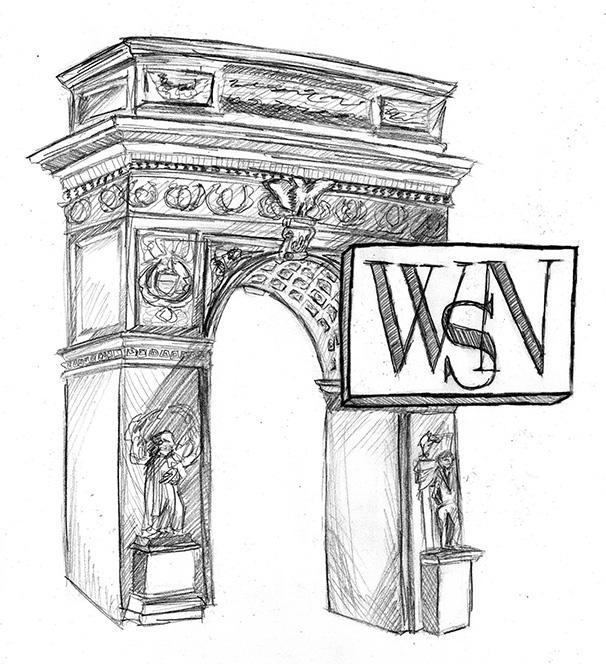NYU’s Role in Gentrification
February 6, 2017
NYU’s recent development of the building at 181 Mercer St. into a multipurpose facility and its newest endeavors on the Brooklyn campus have reignited the issue of gentrification by the university. Detractors mourn the displacement of residents who can no longer afford to live in developing areas, while others believe that the relative safety and prosperity of these areas justify pricing out the locals. While it is tempting to take a hard line for or against gentrification, it is important to acknowledge both its progressive changes and harmful effects in order to strike a balance that helps everyone.
The concept of gentrification comes from a long-standing mindset built into the U.S. culture — “out with the old, in with the new.” When first introduced in the 20th century, it came with more pros than cons, in part because it was not done on such a massive scale. Now, however, the displacement of native New Yorkers and long time residents, specifically in minority neighborhoods, has people questioning what exactly will become of the cultural aspects left behind by generations of families. Filmmaker Spike Lee criticizes what he calls the Christopher Columbus Syndrome, in which wealthy white people claim to have discovered neighborhoods and flip them into the newest trendy area. Street performers who withstood decades of change and parks named after black icons all suddenly did not fit the image crafted by a select few new housing developments in Harlem. Both families and traditions are being forced out of their homes due to spiking prices, and the loss must be taken into account in order to accurately reflect what New York City stands for.
Nevertheless, gentrification reduces crime rates in the area. Because it raises property values, poor neighborhoods, which usually have high violence rates, crumble as their residents are pushed out. However, the improved infrastructure and lower crime rates invite outsiders who are more critical of their community to move to the city, which results in cleaner and safer streets. Newcomers also expand local markets that are part of the dynamics of the neighborhood, stimulating the local economy, as it generates jobs and increases tax revenues.
Although the complexities of new developments are often forgotten, not every situation is black and white. NYU’s continuous gentrification of Greenwich Village has displaced people and at times has overridden Greenwich Village’s unique culture and charm. At the same time, gentrification stimulates the economy and lowers crime. NYU walks a fine line between being an integral part of the city and taking it over, and the university must remember that going forward. If not, the university is completely ignoring its commitment to providing a quality global education while remaining dedicated to diversity and equity.
A version of this article appeared in the Monday, Feb. 6 print edition. Email WSN Editorial Board at [email protected].



























































































































































